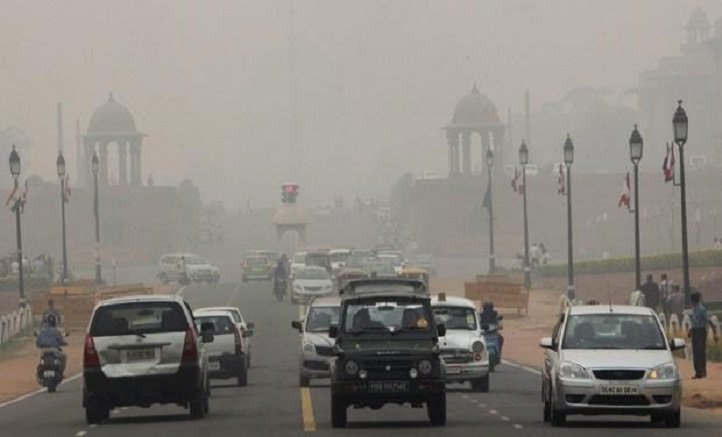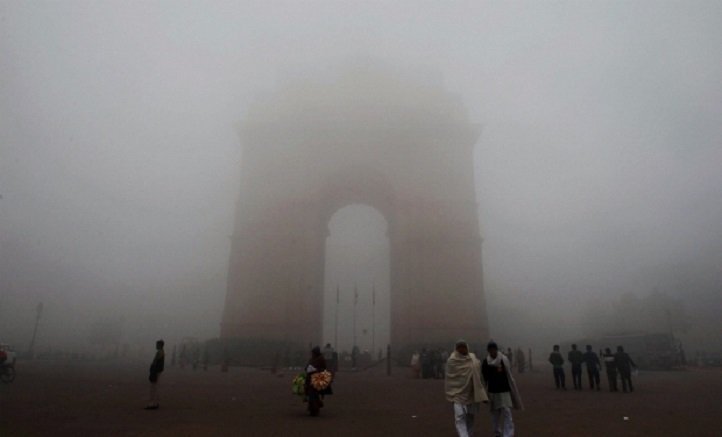Air quality of the national capital, which continues to be ‘very poor’, is set to plummet further once it starts snowing in the higher reaches of the Himalayas after this weekend.
A senior IMD official explained following snowfall, there will be an extensive development of fog, which on coming in contact with pollutants will turn into smog, a harmful mixture of smoke and fog.
As per the National Air Quality Index (NAQI), air quality of trans Yamuna’s Anand Vihar was ‘severe’ while System of Air Quality and Weather Forecasting and Research (SAFAR) said that the average for the entire city oscillated between ‘poor’ and ‘very poor’.

“Severe”, used to describe the highest level of pollution, is declared when Particular Matter (PM) 2.5 and PM 10 cross 253, 421 micro gram per cubic metres respectively.
“Very poor” signifies PM 10 and PM 2.5 levels between 351 and 420 and 211 to 252 micro gram per cubic metre. The corresponding safe limits are 60 and 100.
“Visibility and subsequently movement air traffic will also take a hit due the development of heavy smog. Wind movement is also calm which is not enough to disperse the pollutants,” the official said.

Delhi Pollution Control Committee’s (DPCC) real-time monitoring painted a worse situation with PM 2.5 and Benzene levels as high as 357 and 22 in some areas.
The safe limit of benzene is five micrograms per cubic metre. At Civil Lines, where the Chief Minister’s official residence is located, benzene level was recorded as 22 micrograms per cubic metre at 3.45 PM, way above the prescribed limit.
PM 10 was at a staggering 1183 at RK Puram at around 3 PM.
SAFAR, had observed that air of Delhi during the Diwali period was “more polluted” than last year although the government said that maximum average values of sulphur dioxide, nitrogen dioxide and PM 2.5 were lower compared to their corresponding values of last Diwali.

















